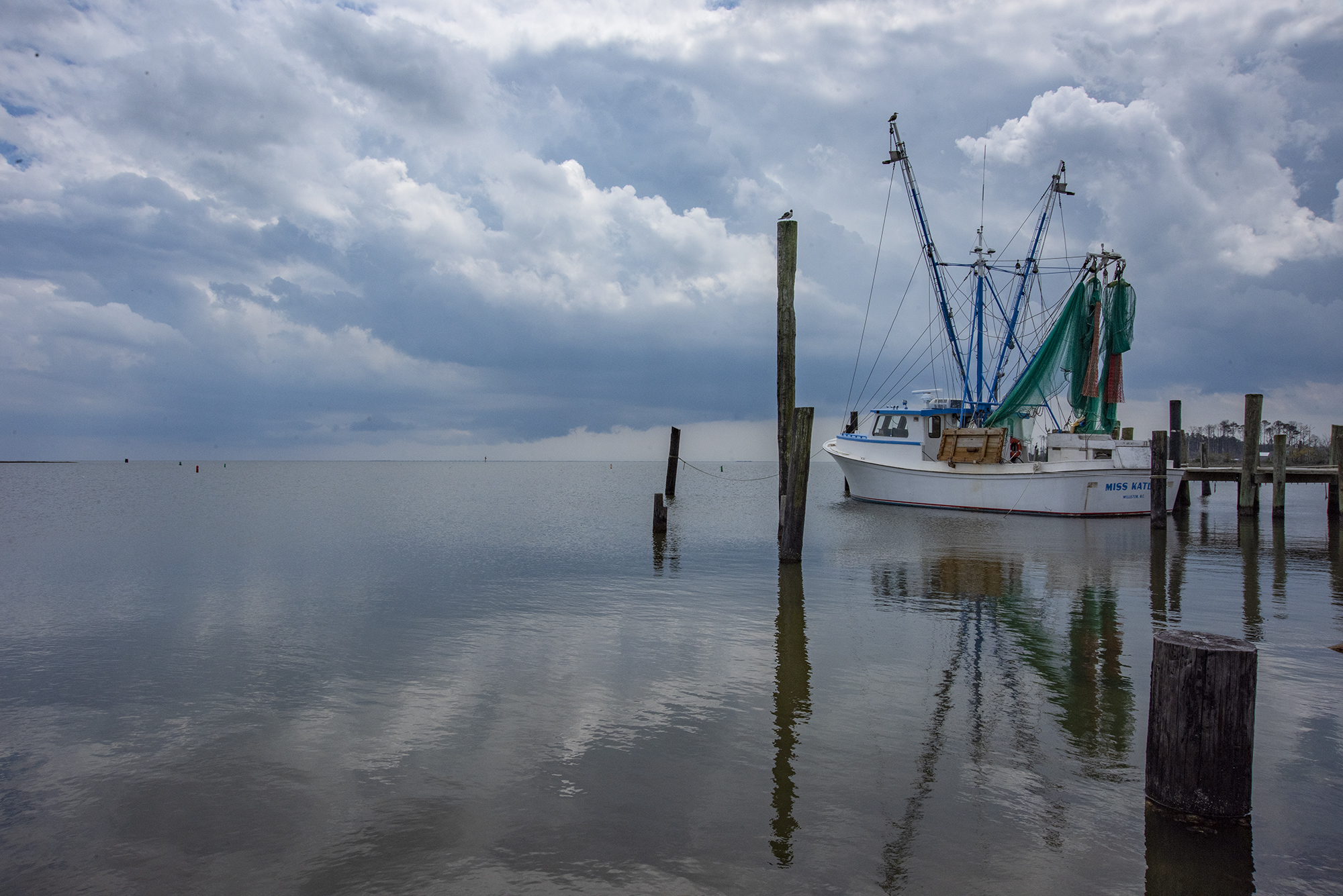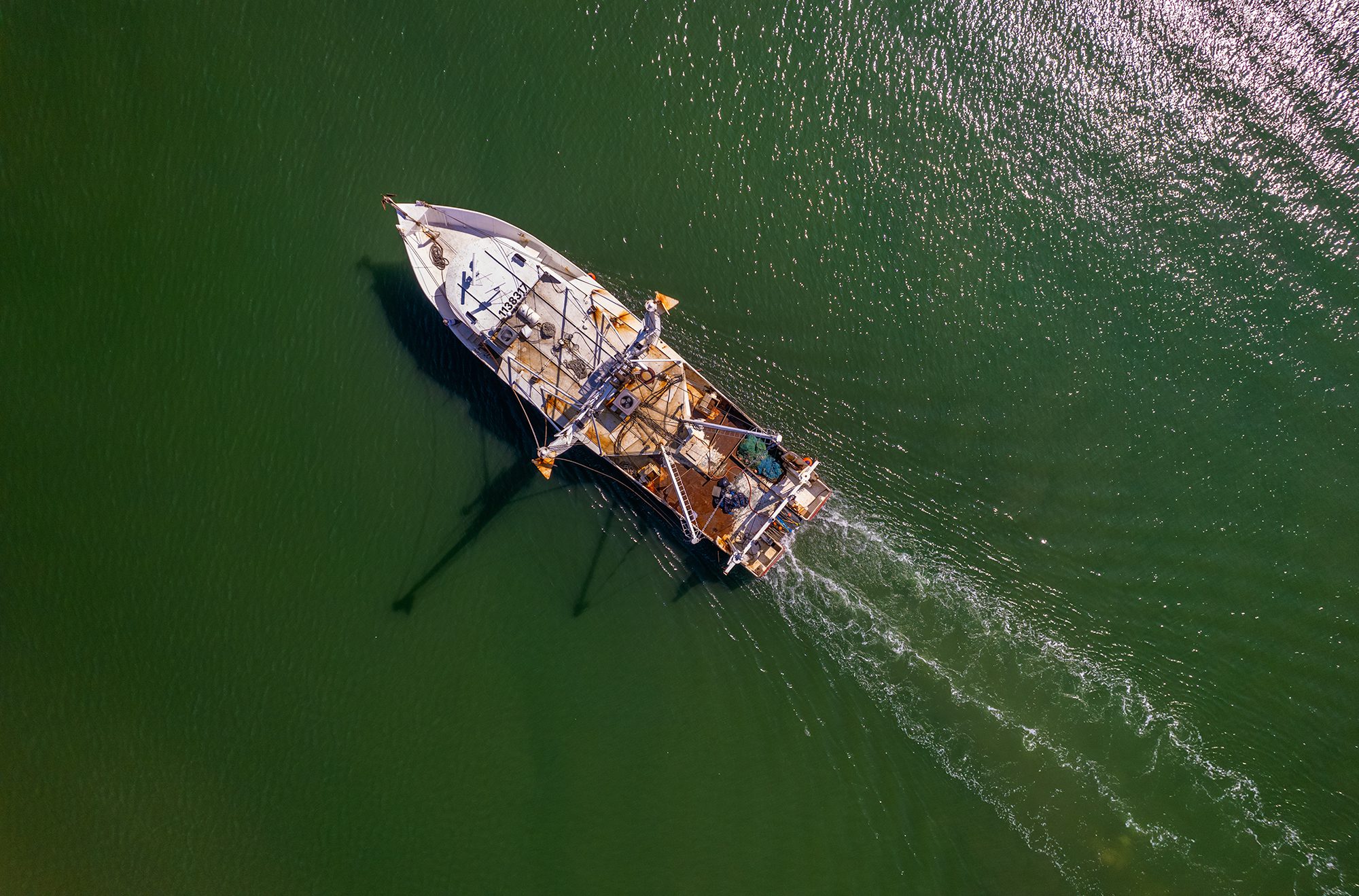HAVELOCK — Environmental officials at a North Carolina military base are working to reduce stormwater runoff funneling into the state’s longest river.
Plans are underway at Marine Corps Air Station Cherry Point in Havelock to remove a concrete linear ditch that dumps untreated runoff directly from base housing into the Neuse River estuary.
Supporter Spotlight
“The ditch is about three or four feet deep,” she said. “With the stagnant water in there, there are safety concerns. From the environmental perspective, a natural channel is certainly more beneficial.”Concrete from the 700-foot ditch, which is partially piped, will be dug up and replaced by a manmade channel with wetlands. The project will rid residents in the base neighborhood of an eyesore and potential hazard, while alleviating direct runoff into the Neuse River, said Jessica Guilianelli, natural resources specialist with the air station’s Environmental Affairs Department.
The air station received Department of Defense funding last fall to design the project. Just how much the total project will cost is unknown at this point, Guilianelli said, but to help cover additional funding Cherry Point Environmental Affairs officials have turned to the N.C. Coastal Federation for help.
“What we’re trying to do for them, of course, first is to find funding,” said Lexia Weaver, a coastal scientist with the federation’s main office in Ocean in Carteret County.
Early last year, money was available from the Community Conservation Assistance Program, run by the N.C. Division of Soil and Water Conservation, she said. With no project design, it was too early to apply for funding from that pot.
The federation is now turning to the U.S. Environmental Protection Agency for construction funding.
Supporter Spotlight
“We have a request for funding where we could apply for construction money for their project for an EPA 319 grant,” Weaver said.
Section 319 of the Nonpoint Source Management Program, part of a 1987 amendment to the Clean Water Act, provides grant money for states, territories and tribes to support everything from technical assistance, education and training to assess the success of polluted runoff projects.
Since 1990, millions in grants have been allocated to such projects. Last year, applicants received more than $175 million in grants.
The ditch collects stormwater runoff from some of the air station’s various neighborhoods and delivers it untreated into the Neuse River.“On the community side, I think it’s great for [the air station] to be able to demonstrate that even though they may be impacting the environment in some ways that they’re also willing to improve it,” Weaver said. “These neighborhoods and all of the impervious pavement out there, the way it’s draining, it’s a concern.”
Just how much runoff dumps into the Neuse from the channel is unclear, Guilianelli said. The concrete ditch and pipes were likely built during the 1950s around the same time as some of the earliest base housing , she said.
As the largest Marine Corps air station in the world, Cherry Point hosts more than five neighborhoods of townhomes, duplexes and single family homes to more than 1,500 Marines, sailors and their families.
Home to roaring EA-6B Prowlers – radar-jamming jets – AV-8B Harriers and C-130J Hercules cargo aircraft, the air station and its support locations span more than 29,000 acres in eastern North Carolina. Since its first runways were built in the early 1940s, Cherry Point’s boundaries have expanded to include Hancock and Slocum creeks.
It is in Slocum Creek that the air station’s Environmental Affairs Department is undertaking another project. Preliminary plans are in the works to remove an old bulkhead and nearby docking facility at the air station’s Pelican Point Marina.
Both the bulkhead and docking facility were heavily damaged in the wake of Hurricane Irene in late August, leaving sedimentation in the creek near the air station’s Pelican Point Marina.
“We found that replacing the bulkhead was just not going to be cost effective,” Guilianelli said.
Preliminary plans are to restore the natural shoreline, making it more easily accessible for kayak and canoe enthusiasts.
“We have not seen anything to review so we are in the very preliminary stages,” Guilianelli said of both the bulkhead and stormwater ditch projects.
She did not have a timeline for when either project is likely to be completed.
Weaver said the federation appreciates the air station’s efforts.
“I think it’s great,” she said. “I hope that this leads to more projects out there.”
U.S. Military installations have stepped up environmental conservation efforts in recent years. Several green initiatives have been recently implemented, including the use of alternative energy such as solar and wind.
Recycling programs that help conserve water, promote sustainability and reduce waste are also being implemented on bases throughout the country.







